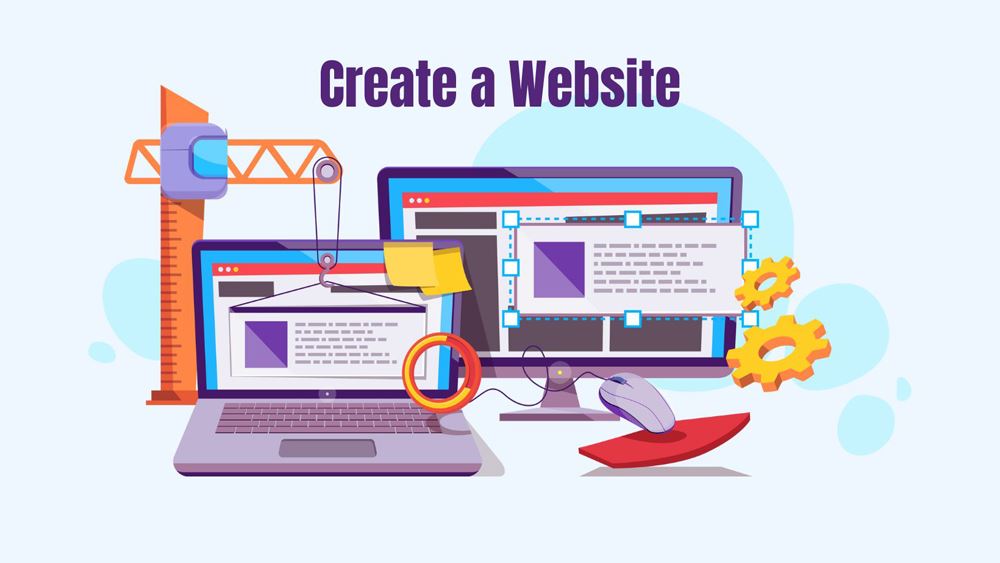Create a Website 101

About Course
We are going to show you how to create a website without any coding knowledge. Creating a successful online presence is essential in today’s digital world, and building your own website is a key step. This comprehensive guide is designed to assist you in creating a website, perfect for both beginners and intermediate users. We’ll begin by discussing the basics of web hosting and domain selection, laying a solid foundation for your website creation journey.
Our next step in creating a website is installing the WordPress Content Management System (CMS), a popular and user-friendly platform. With WordPress, managing and publishing content on your website becomes a breeze.
We’ll then dive into configuring WordPress, showing you how to customize the CMS to meet your specific requirements. This includes optimizing your website for performance and security, ensuring an efficient and secure online experience.
A vital aspect of creating a website is understanding the role of WordPress plugins. These add-ons enhance your website’s functionality, allowing you to extend its capabilities beyond the basics.
Another key tool in website creation is the Elementor Page Builder. We’ll guide you through the basics of Elementor, enabling you to design visually stunning pages easily, even without coding skills.
To streamline your website creation process, we’ll also cover the installation of a WordPress Template Kit. This provides you with a range of professional templates and elements, customizable to align with your brand identity.
Lastly, our guide will focus on creating compelling WordPress website pages. You’ll learn to apply your newfound skills to craft pages that are not only visually appealing but also offer a seamless user experience.
Join us in this exciting journey of creating a website with WordPress, where creativity and functionality converge. Embark on this path to unlock the full potential of your digital presence.
Course Content
Introduction to Website Creation
-
Introduction: Create a Website with WordPress
04:45
